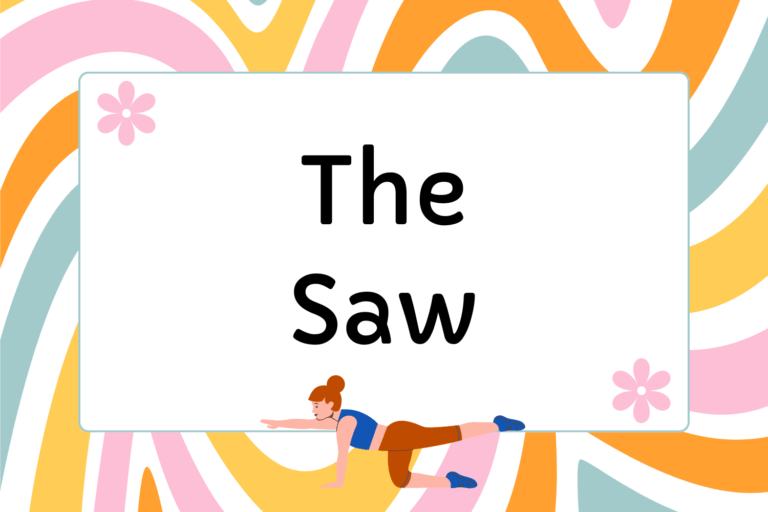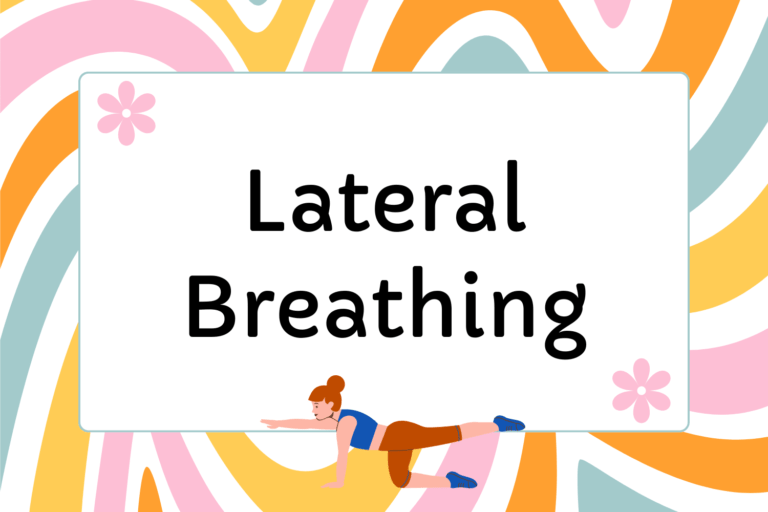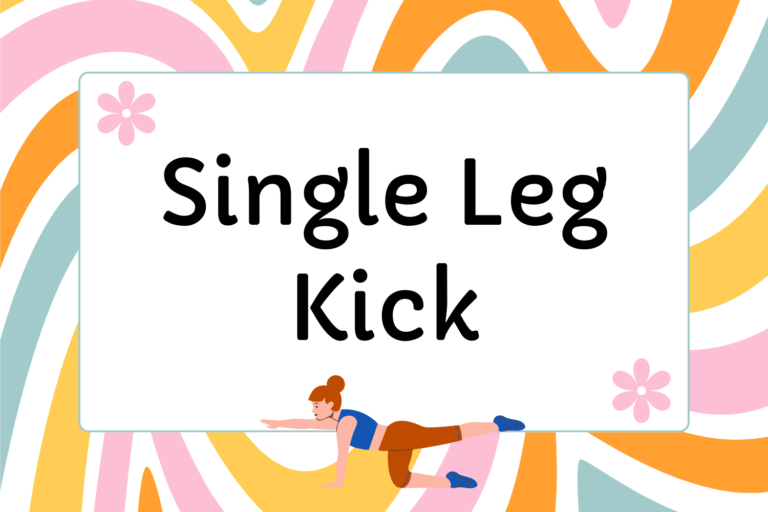You’ve got your water, you’re wearing a super comfy and cute pilates outfit, you’ve signed up for a set of twelve introductory mat Pilates classes, and now the day has finally arrived: It’s time to go to your very first Pilates class! But before you bolt out the door, sweat pants flying, check out some tips on how to make the most of your first class!
Hydrate Beyond Your Wildest Dreams
It may seem obvious that an intense workout like Pilates can cause dehydration, but remember that hydrating before and after class is just as—if not more—important as drinking during the exertion period. Rather than waiting until after class to take a sip of water (only to then down a full water bottle in under ten seconds), pace your hydration throughout the day.
Carry a water bottle with you, so you can easily drink during your daily routine. Try to consume eight ounces in the hour before class, eight ounces during class, and eight ounces in the hour after class. This will ensure that you stay hydrated at a pace that allows your body to fully process it (instead of chugging it all at once and getting nauseous).
Cut the Caffeine
As tempting as it may be (especially before those early morning weekend classes), consuming a venti mocha with two extra shots can kill your workout. A recent study has shown that caffeine actually weakens the muscles–the exact opposite of what you want during exercise. It also is a diuretic, meaning it flushes your body of water, which then causes dehydration. If you find yourself in dire need of a pre-class pick me up, try a cup of green tea. The natural anti-oxidants found in it will energize your system in a healthier way.
Breathe in, Breathe out, Lather, Rinse, Repeat
There is a good chance that your instructor will give you breathing pointers throughout class and periodically (once they note your blue face), shout “BREATHE!” to remind you of proper Pilates practice. But you should not depend on the instructor.
Pilates can be intense, but don’t let that tension lock up your lungs. Focus on your breath and make sure that you’re taking inhales and exhales without holding in-between. It may seem natural to hold your breath during difficult exercises, but depriving your muscles of oxygen will cause them to tense up, making them tighter and more prone to injury.
Proper breathing will also make Pilates a more effective workout. If you inhale and exhale at the right times, your muscles will be able to more easily engage and maximize the results of the exercise.
Hot Tip: Prepare for Breathing
Not sure how to focus on your breath? Try breathing in through the nose for five counts, then out through the mouth for five counts on your way to class. The long and even counts will train your body and mind to breath properly— and may even relax you before class!
Embrace the Navel to Spine Concept
One of the first and most important principles in Pilates is the image of ‘navel to spine,’ used to help people maintain proper form throughout the exercises. The idea is to imagine pulling your navel toward your spine by engaging your abdominal muscles.
If you’re struggling with the intensity of an exercise, return to this principle and the feeling of an engaged, tight abdominal area. Just by holding this alignment, you’ll be able to strengthen your core and improve your posture, even if you’re not able to complete the full exercise.
Release the Crease
One of the most difficult parts of any kind of physical activity is learning to let go of excess tension in the body. But simply being aware of it will help you tackle the problem head-on.
During exercises, get your mind inside your body. Take a mental scan from top to bottom to note areas of tension. A very common place to store tension is the brow. While a look of consternation can enforce the idea that you’re working hard, it also means you’re tensing your face. This not only deprives those muscles of oxygen, but also creates strain throughout other parts of the body—not so good!
Once you have found the problem areas, release the tension where you don’t need it to perform the exercises. Most Pilates exercises focus the strength and tension on only a few parts of the body, so redirect that energy to those muscles—especially to your core, where you need it!
Learn to Love the Counter Stretch
Pilates instructors will often give a counter stretch after an exercise. You may be exhausted and want to take that time to lie motionless on your mat, but embrace and utilize the recommended counter stretch. The highly active tensing of the muscles used by Pilates is important, but can, overtime, cause muscle tightness and knots. This in turn can lead to painful spasms or soreness.
By taking just thirty seconds to stretch out the right muscles, you can prevent the muscles from becoming too tense. The counter stretches also encourage muscle length instead of bulk—and unless you’re doing Pilates in order to cross train for the Mr. Universe competition, you’re going to want lean (not bulky) results.
Take the Time to Relax
Stressful as it may be to jam a Pilates class into your already busy schedule, make sure that you have time afterwards to rest—especially following your first few classes. Your body is going to be screaming at you for introducing new and difficult tasks for it to perform. The best way to silence it is to take some time after you workout and treat it kindly. A hot bath with Epsom salts (available by the carton for $2 at the local drug store) will relax and pamper the muscles, as will a good night’s sleep!
But if you did everything right in Pilates class, you will probably be pretty sore the next day no matter what. That just means you worked hard—good job!
Once you’ve finished your first Pilates class, give yourself a great big pat on the back! Congratulations—you’ve survived and are on your way to a stronger core and a healthier body!





